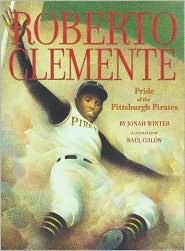Thanks to a once-in-a-lifetime gift from the David Wright Foundation, Project Coach youth and volunteers were able to sample the Big Leagues in style earlier this month, as they became Mets fans for the day in Queens, NY!
After a call from a member of the David Wright Foundation - who had heard of the organization's work all the way from New York City - to Project Coach, plans were quickly put in place to take twenty-plus PC teens and several program volunteers to Citifield, the new home of the NY Mets. Despite howling winds and lashing rain in Springfield, the weather soon began to comply and the sun began to shine, just as the tired and weary faces on the bus began to transform into beaming smiles, eager with anticipation of the big day.
The coaches - many dressed for the occasion in Mets jerseys and caps - added to their look thanks to the t-shirts and other apparel that the Foundation provided for the game day. After a quick tour around the stadium to take in its incredible size and the scope of the facilities, it was time to settle down to some great seats in left field to take in the game over the course of a perfect, sunny afternoon.
Eager for a home team victory, the coaches weren't disappointed; Johan Santana went deep in the game, and the Mets edged ahead, only to give up a late run to the Giants to tie the game at 4-4. However, a memorable day was sure to have a memorable finish, and one couldn't have scripted Henry Blanco's walk-off shot in extra innings to win the game for the home team and send everybody back to Springfield in high spirits.
Upon reflecting on the day, veteran PC Coach Loeb Rosario, 17, said that "it was an incredible experience...seeing big players play on the big stage makes we want to be that coach making the key decisions". Similarly, Gabriela Rodriguez, 16, added, "it was a great end to my first year with Project Coach...fun to celebrate with my friends and the staff that I've worked with since September".
Our heartfelt thanks go to Ira and Cathy at the David Wright Foundation for all of their help in making the PC end-of-season celebration so special and memorable.
Report by Andy Wood. Photos c/o Abe Henderson.







